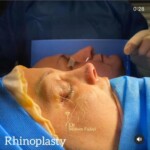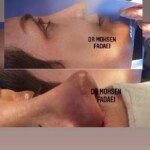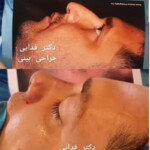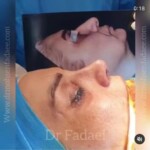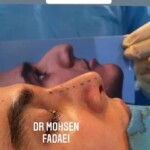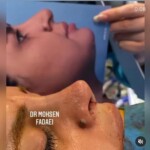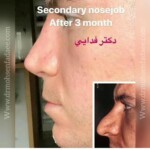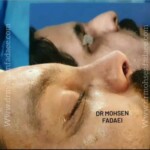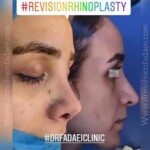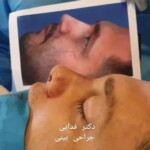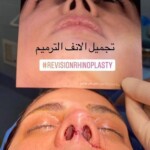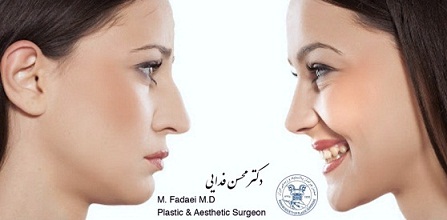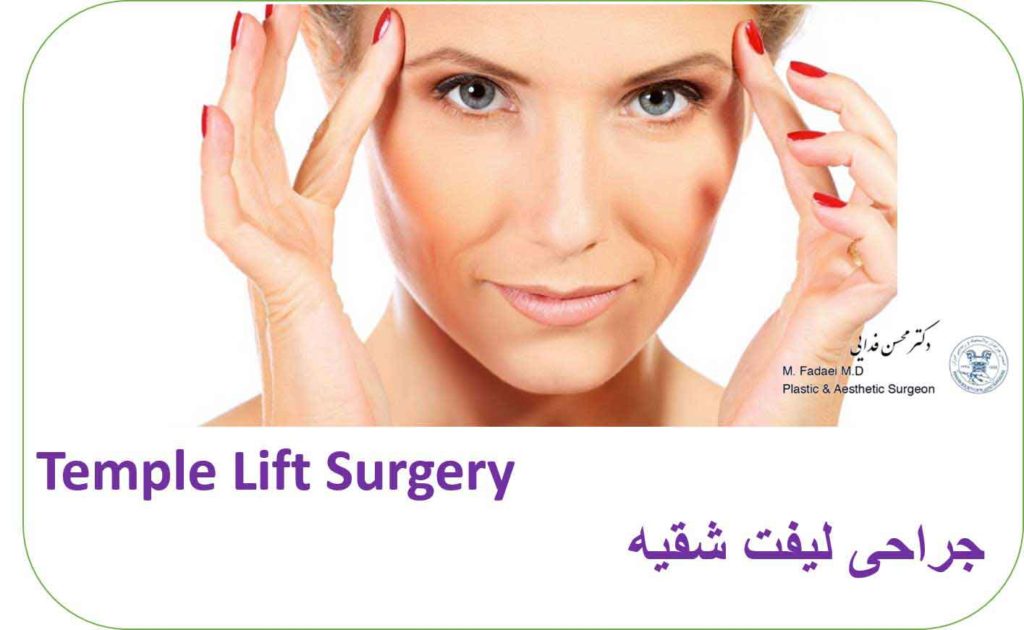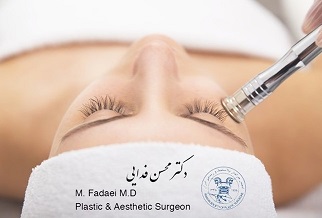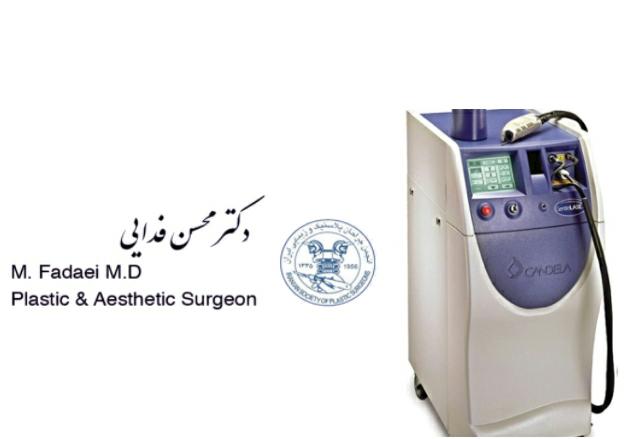Nose Surgery (Rhinoplasty) / Rhinoplasty in Iran / Nose Job in Tehran / Nose Surgery in Iran / Nasal surgery in Iran / Septorhinoplasty in Iran /
Nose Surgery (Rhinoplasty), also known as nose job, is one of the most common plastic surgeries performed in Iran and worldwide.
What are the realistic changes that can be made in a Nose Surgery (Rhinoplasty) ?
Rhinoplasty is a very good procedure for achieving the below mentioned:
- Rhinoplasty in Tehran helps to balance size of the nose with other facial features.
- Rhinoplasty in Tehran helps you to correct the width of the nose at the bridge.
- Rhinoplasty in Iran helps to improve the characteristics of the nose, including the removal of any dents or bumps.
- If the nose is too large or droopy or boxy or upturned, rhinoplasty can help create a contour in the nose.
- Nose Job in Tehran helps to change the angle between the mouth and the nose.
- Rhinoplasty in Iran helps to change the shape of the holes and narrow the nose.
- Nose Surgery in Tehran helps to correct the deviation or asymmetry of the nose.
Nose Surgery (Rhinoplasty) can enhance, reduce or reshape patient’s nose to boost their self-confidence and also helps in achieving facial harmony. Nose surgery in Iran, is also performed as reconstructive procedure to correct an injury, such as a broken nose, previous unsuccessful surgeries or to correct birth defects, if any.
Nose Surgery (Rhinoplasty) in Iran is also performed for various functional reasons instead of cosmetic ones.
If the septum, which is the mid-line wall of cartilage which divides the right and left sides of our nose, is deviated, then septoplasty procedure may fix person`s problem. However, in cases where the septal deviation is much more severe, then rhinoplasty procedure is required to ensure proper nasal shape and breathing.
If you are in Iran and you are looking for more information about rhinoplasty or scheduling a consultation at Dr. Fadaei Clinic, contact us. Dr. Mohsen Fadaei, a specialist in plastic and cosmetic surgery in Tehran, can help you.
Rhinoplasty (is also called as septorhinoplasty) which helps to strengthens key breathing areas of patient`s nose and septal deformity by strategically placing cartilage grafts.
Nose Surgery (Rhinoplasty) improves the appearance and proportion of your nose, enhancing facial harmony and self-confidence. Surgery of the nose may also correct impaired breathing caused by structural abnormalities. While the shape of your nose is usually hereditary, the appearance may have been altered due to an injury or during prior surgery.

You should make an appointment to talk and consult about your medical history at Dr. Fadaei Clinic. This includes information about any medical conditions, drug allergies, medical treatments you have received, previous surgeries, and medications you are currently using. Providing complete information is important for Dr. Mohsen Fadaei, a specialist in plastic surgery. Be prepared to discuss why you want to have rhinoplasty, your expectations, and your desired outcome. The consultation will also discuss your expectations and the possible results of rhinoplasty and any possible risks or complications.
Prior to nasal surgery, preoperative examinations will have to be carried out (blood work, in some cases ECG and CT-scan) and also a medical evaluation has to be performed.
Nose Surgery (Rhinoplasty) is performed either using a closed procedure, where incisions are hidden inside the nose, or an open procedure, where an incision is made across the columella, and the narrow strip of tissue that separates the nostrils.
Through these incisions, the soft tissues that cover the nose are gently raised, allowing access to reshape the structure of the nose. Surgery of the nose can reduce or augment nasal structures with the use of cartilage grafted from other areas of your body. If the septum is deviated, it is straightened and the projections inside the nose are reduced to improve breathing.
Once the underlying structure of the nose is sculpted to the desired shape, nasal skin and tissue is redraped and incisions are closed. Additional incisions may be placed in the natural creases of the nostrils to alter their size.
Important points of postoperative care (Rhinoplasty) :
There may be bruising around the eyes after surgery. It will take about three weeks to remove these bruises.
Swelling will be evident on and around the nose and may take several months to resolve completely.
There may be a feeling of pain and tightness in the throat. Drinking plenty of fluids can help reduce these symptoms.
To reduce swelling, you should put a few pillows under your head during the first week of sleep and avoid bending over.
It is important not to blow your nose for two weeks after surgery. If you feel your nose is running, then instead of blow, try to sniff your nose and gently dab your nose if necessary. Do not insert anything (e.g. ear cleaner) into your nostrils.
Depending on how the operation is performed, there may be stitches on the septum. There may also be sutures that go through the septum and a splint is used to support your nose. In this case, these items will be removed within 5 to 7 days.
Your nose may become numb or stiff after surgery, but it will return to normal within several months. To prevent burning of the skin of the nose (due to excessive sensitivity to the sun after surgery), the use of sunscreen and a brimmed hat is recommended.
For the first month, try to avoid situations where your nose may be hit, such as dancing, carrying, or playing with children. Contact sports should be avoided for 3 to 6 months.
While we do our best to achieve the desired result, post-surgery care is also very important!
Related Articles:
Primary and secondary rhinoplasty
Everything about rhinoplasty in Iran !
Realistic Changes in Nose Surgery (Rhinoplasty)
male rhinoplasty | men’s nose job
what types of anesthesia are used during a Rhinoplasty?
Rhinoplasty surgery (nose job)

